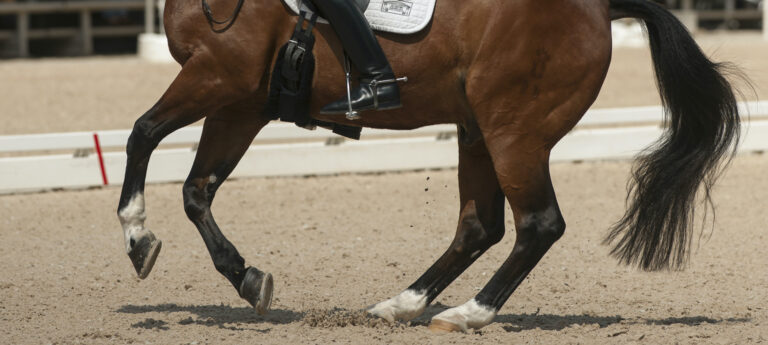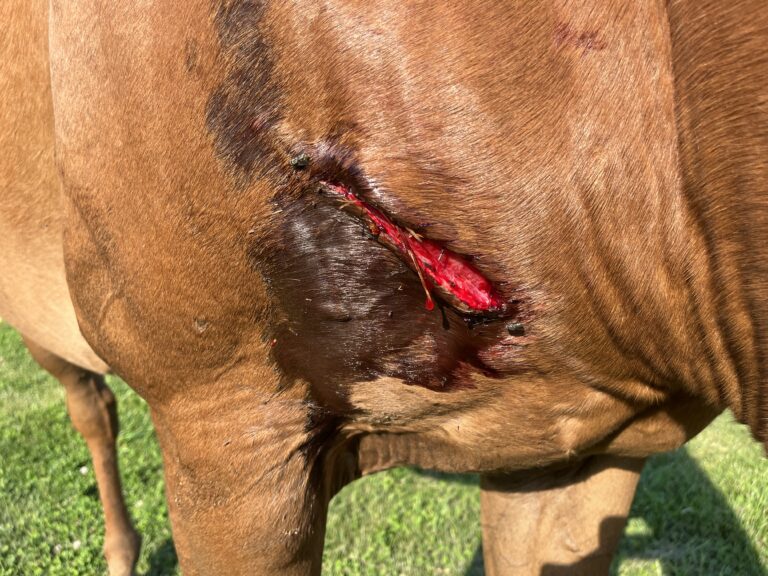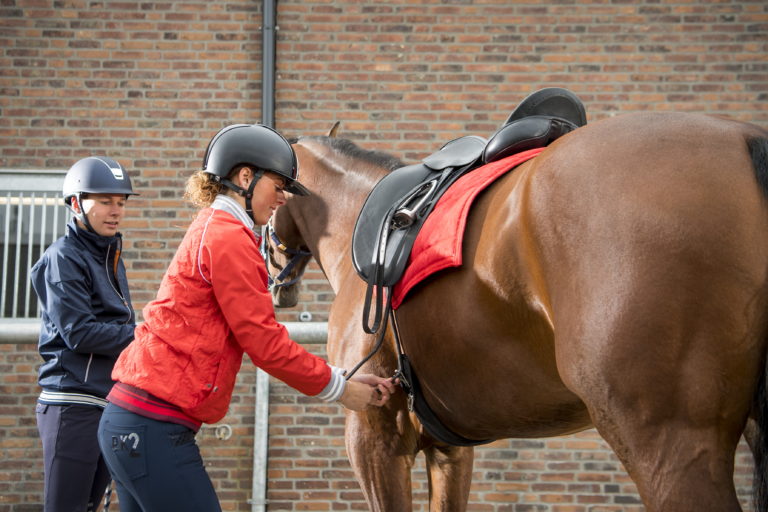Old-time horsemen relied on liquid suspensions of herbal extracts known as liniments to ease their horses’ aching muscles, tendons and joints. Their liniment recipes were often closely guarded secrets passed from generation to generation.
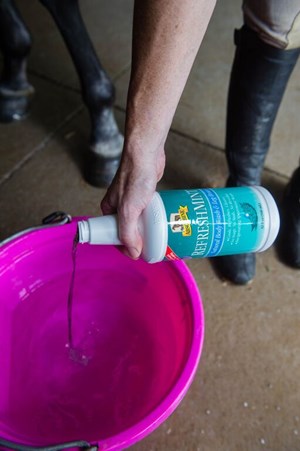
Case in point: Absorbine Veterinary Liniment, which was invented by Mary Ida and Wilbur F. Young just before the turn of last the century. Wilbur delivered cargo with a wagon and a team of horses. Mary Ida was an avid horse enthusiast and cared for all of their horses. Wilbur’s team of horses would get tired after long days of pulling freight and often would be too sore the next day to pull cargo as effectively.
In those days, it was common to “blister” the skin using a caustic agent if a horse had stiffness or soreness. This caused blood to flood the area, speeding recovery of the muscles and connective tissues underneath. Harsh and uncomfortable for the horse, this practice also necessitated two to three days of recovery. Deciding there must be a more humane way to relieve sore muscles, Mary Ida formulated a time-honored blend of aromatic and essential oils that remains a family secret to this day. The Youngs named it Absorbine Liniment.
It was a “medicine chest in a bottle,” because in addition to relieving sore muscles with little down time, the formula has powerful antiseptic properties that help prevent bacterial and fungal infections such as rain-rot, summer itch, tail itch and minor skin infections. There is even a recipe right on the bottle for making a body wash for your horse that refreshes, disinfects and washes away sweat and grime. The product caught on quickly, and the business grew.
Enter the 21st century, and modern liniments are better than ever. They’re also available in a wide range of formulas for specific purposes.
HOW THEY WORK:
A good liniment works by penetrating the soft tissues of the skin, opening up pores and capillaries to increase blood flow to the muscles. This increased blood flow delivers vital nutrients and also eliminates the fatigue acids that make muscles sore. This, in turn, speeds the healing—and the pain goes away. In effect, liniments help horses heal themselves, whether it’s a racehorse with ouchy tendons after a workout, a hunter who is body sore after hours in the field or a cutting horse with a tender back after a session in the pen. Even retirees with arthritis can benefit from liniment application, depending on what your veterinarian advises. Apply liniment to stiff joints and muscles before workouts to lessen pain and injury.
But what about those specific formulations, you ask?
THINK TEMPERATURE:
* WARMING formulas are ideal for relieving stiff joints and sore muscles and tendons; a brisk pre-workout massage with a warming liniment can improve flexibility in even chronic cases.
* COOLING formulas are refreshing and invigorating on hot days and after workouts. They are also useful as cold therapy duringacute flare-ups of pain, heat and swelling.
Then, choose your METHOD OF APPLICATION:
1. LIQUID—The original form of liniment, this category includes warming formulas like Absorbine® Veterinary Liniment and Bigeloil®Liniment, which offers a milder sensation but still relieves discomfort. For a cooling alternative, a light liniment like RefreshMint®is strong enough to clean and refresh when used as a brace or diluted for a natural body wash, yet mild enough to be used full-strength under a porous wrap.
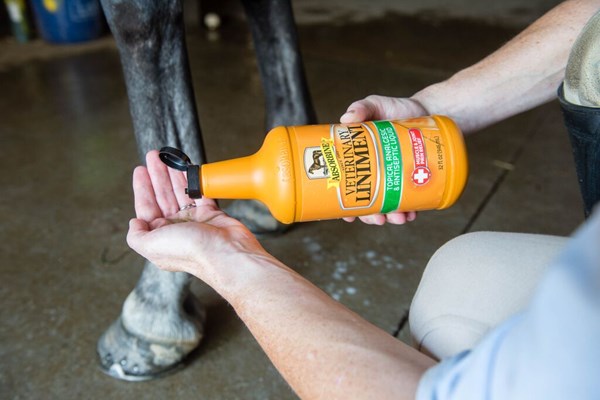
2. GEL—For more targeted applications, products like Absorbine® Veterinary Liniment Gel and Bigeloil® Gel Liniment are good choices.
3. FOAM—A mild, drip-free massage foam like Absorbine Botanicals™Natural Herbal Liniment also afford easy application without waste, staying on the hands and providing a lightly cooling, gently soothing sensation. Milder formulas like this are also a safer bet under wraps, magnets and bandages.
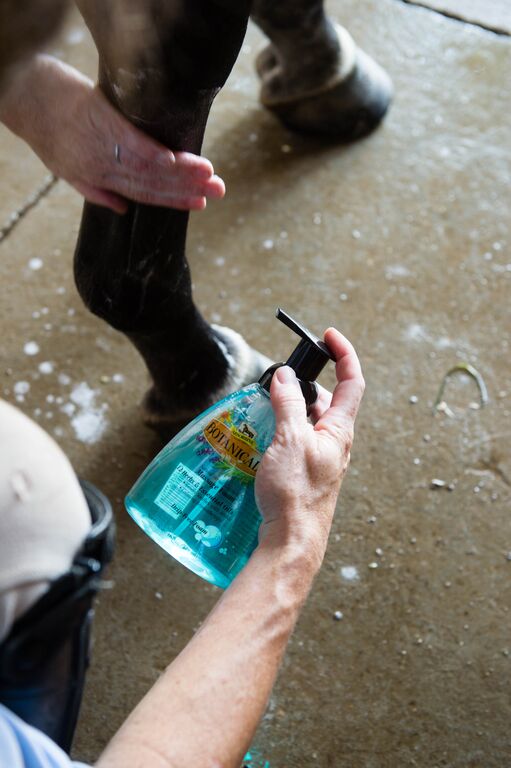
And that’s liniments in a nutshell!
Save




